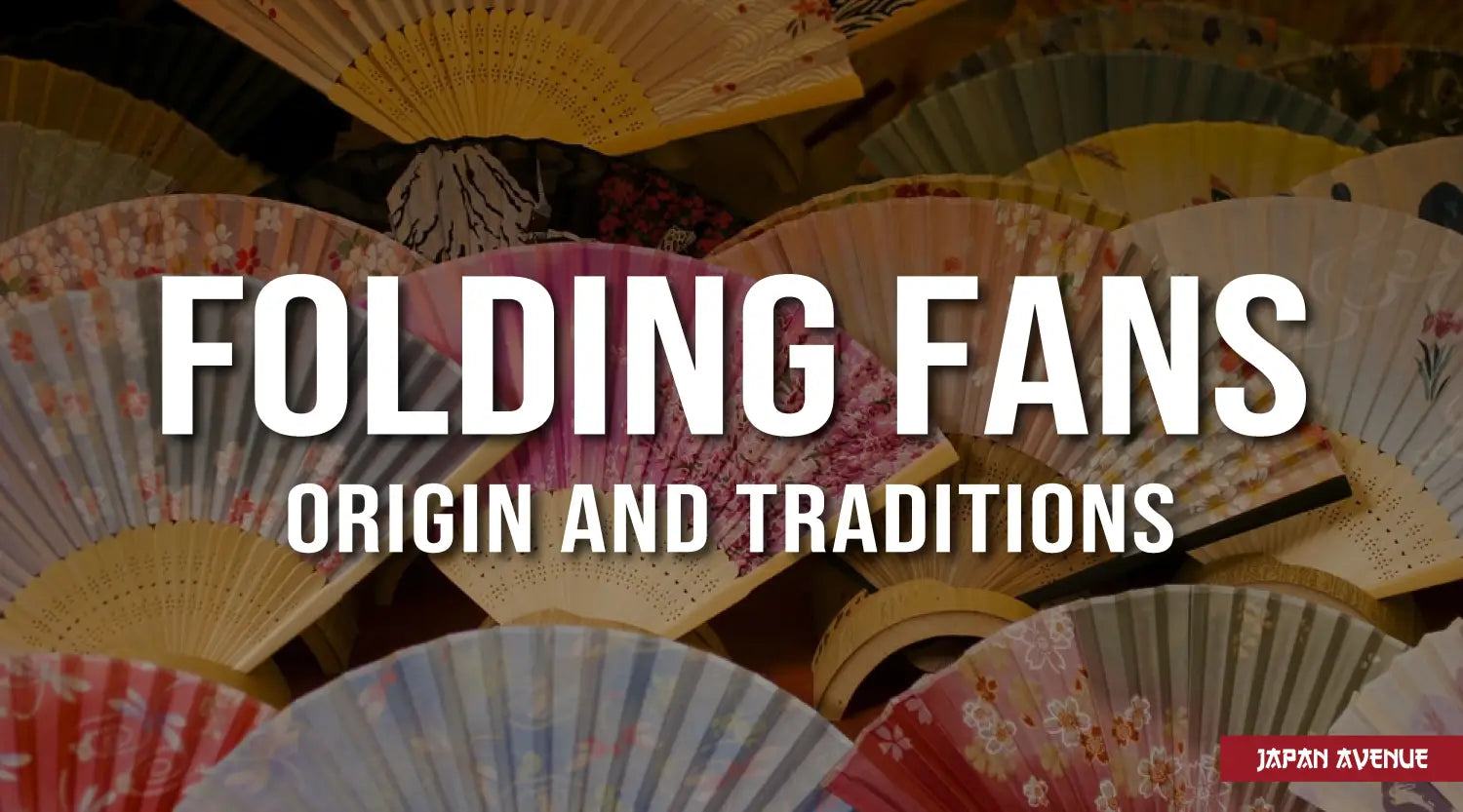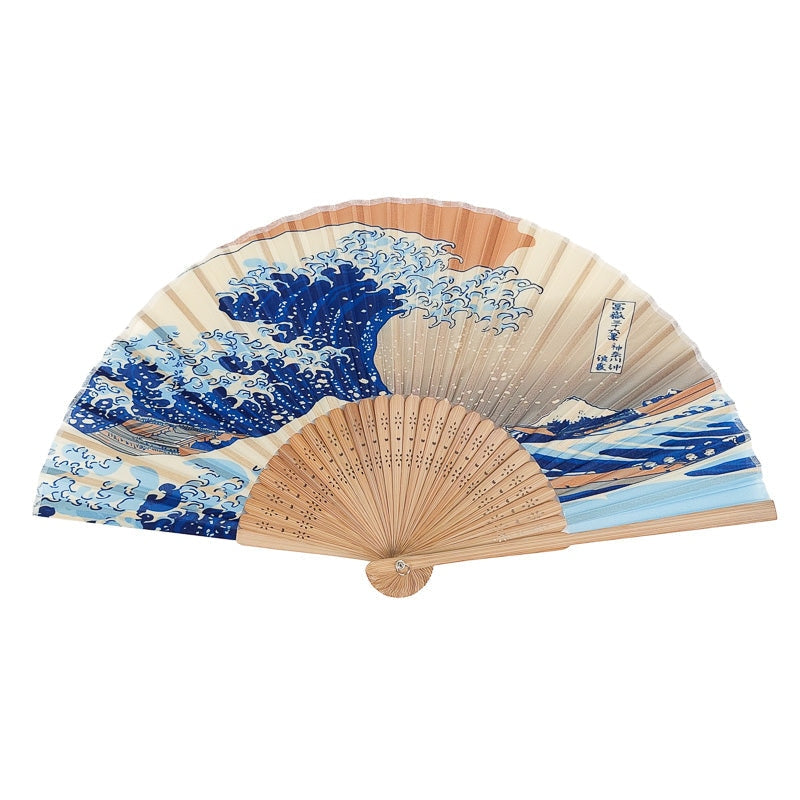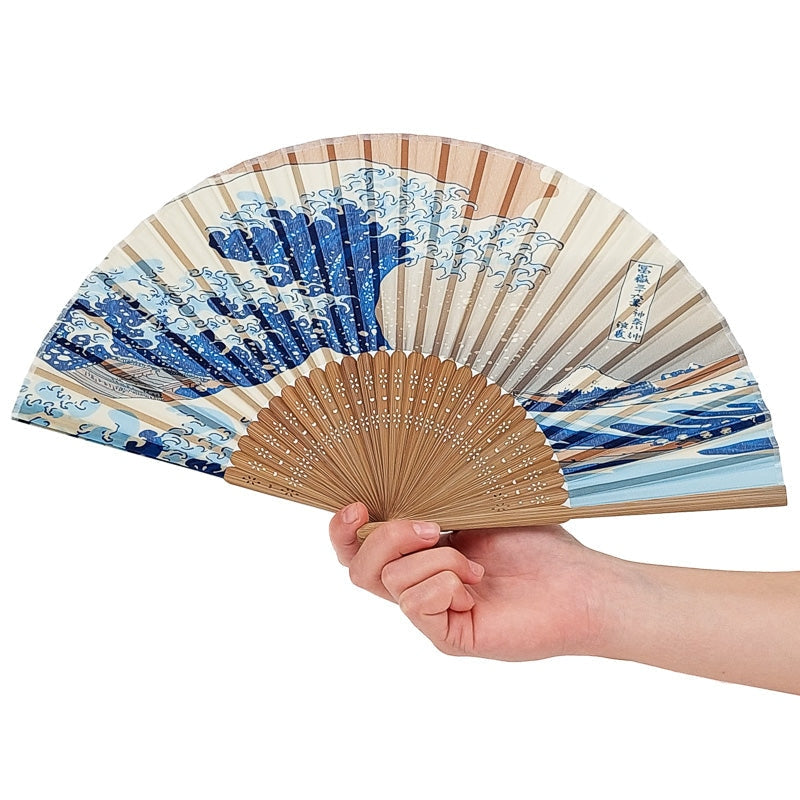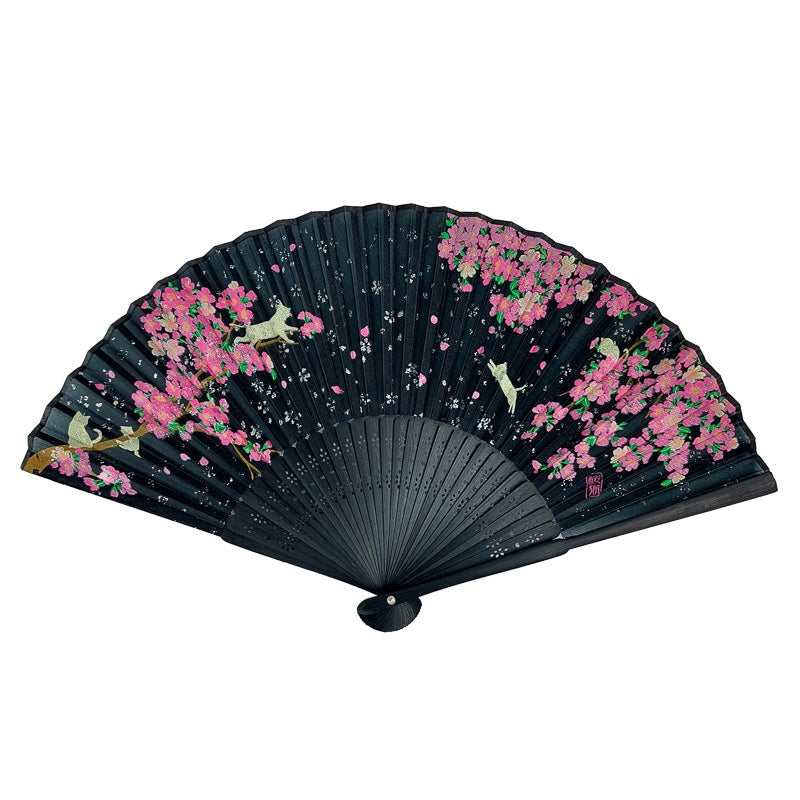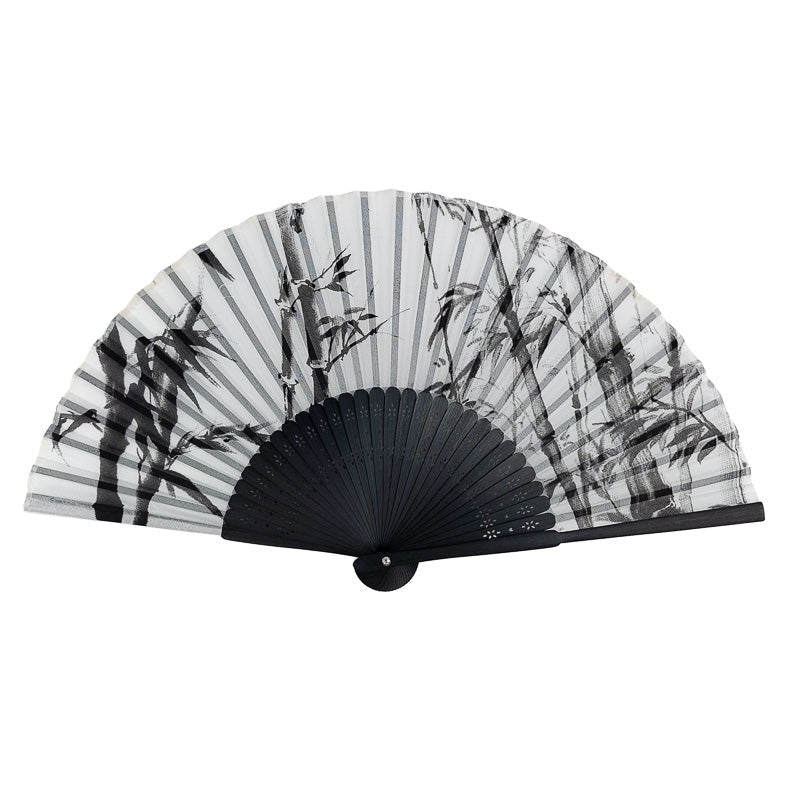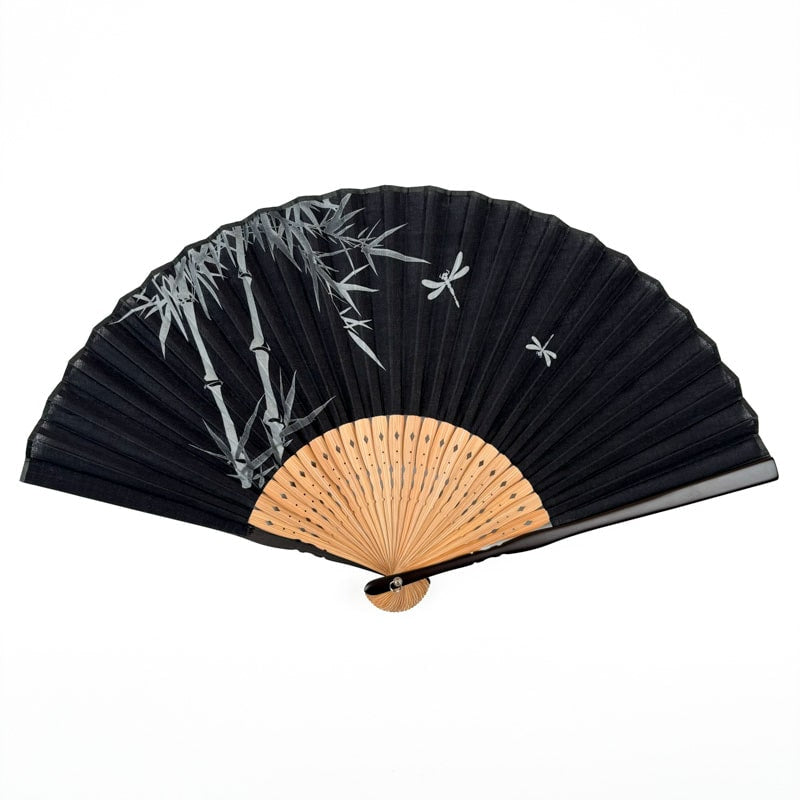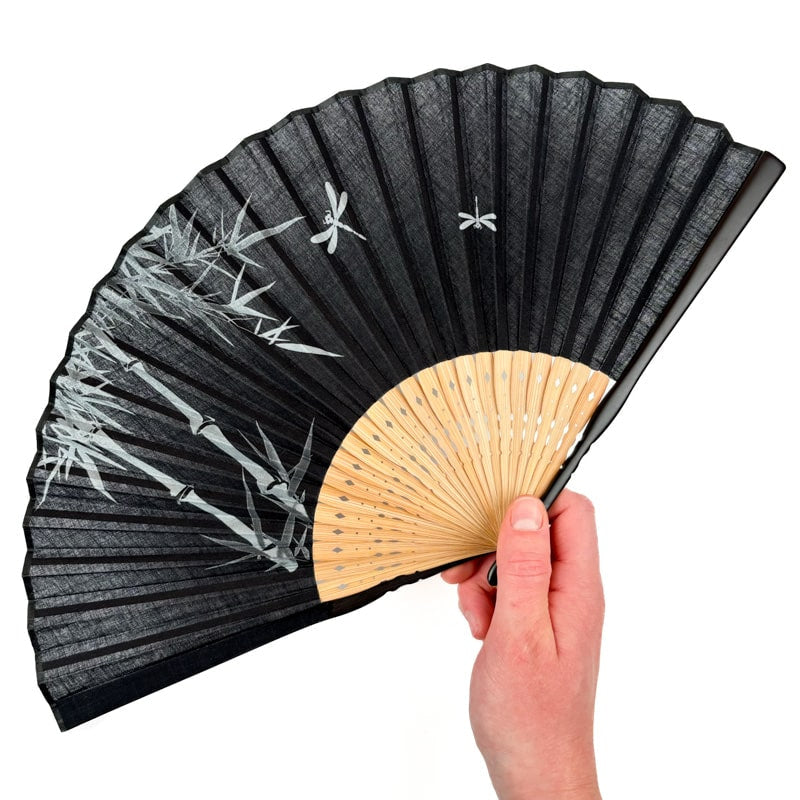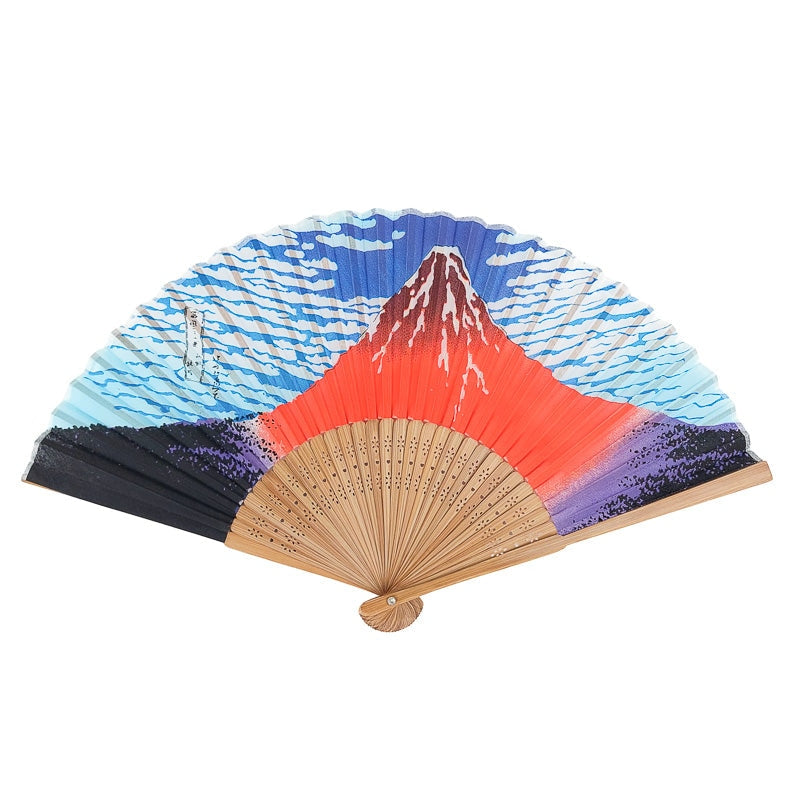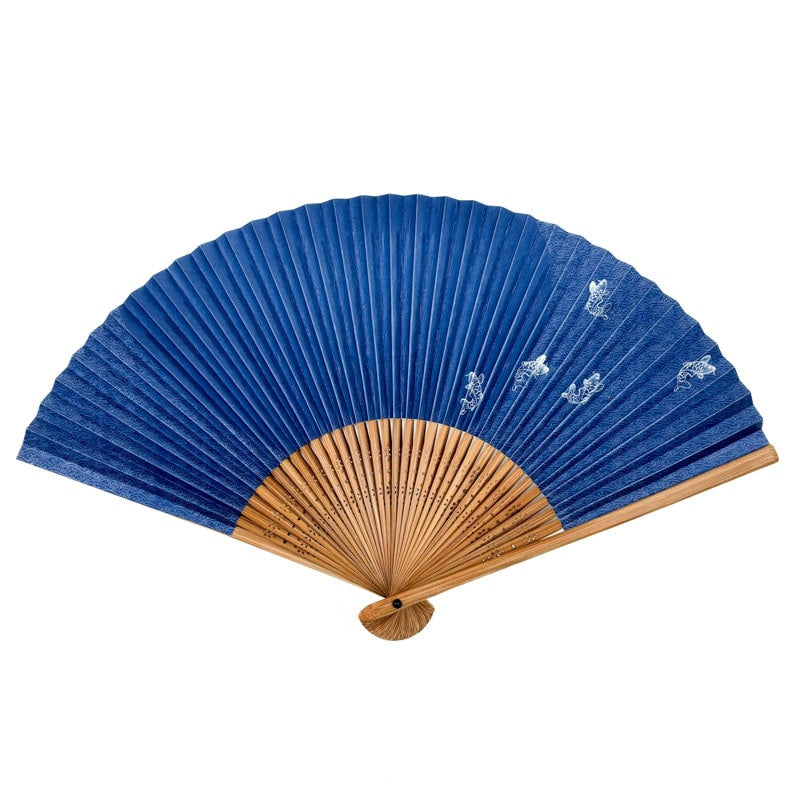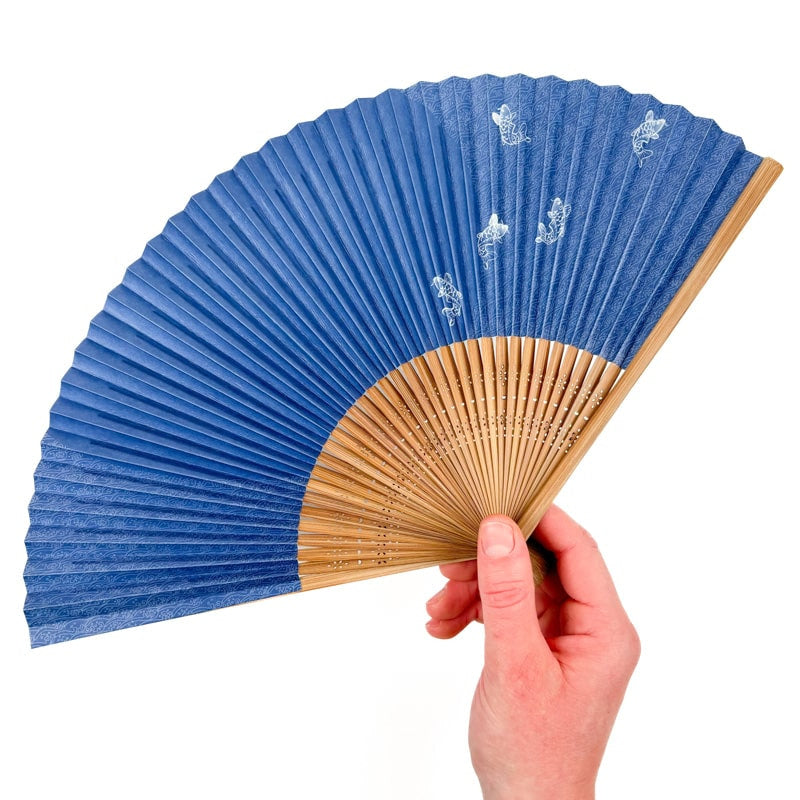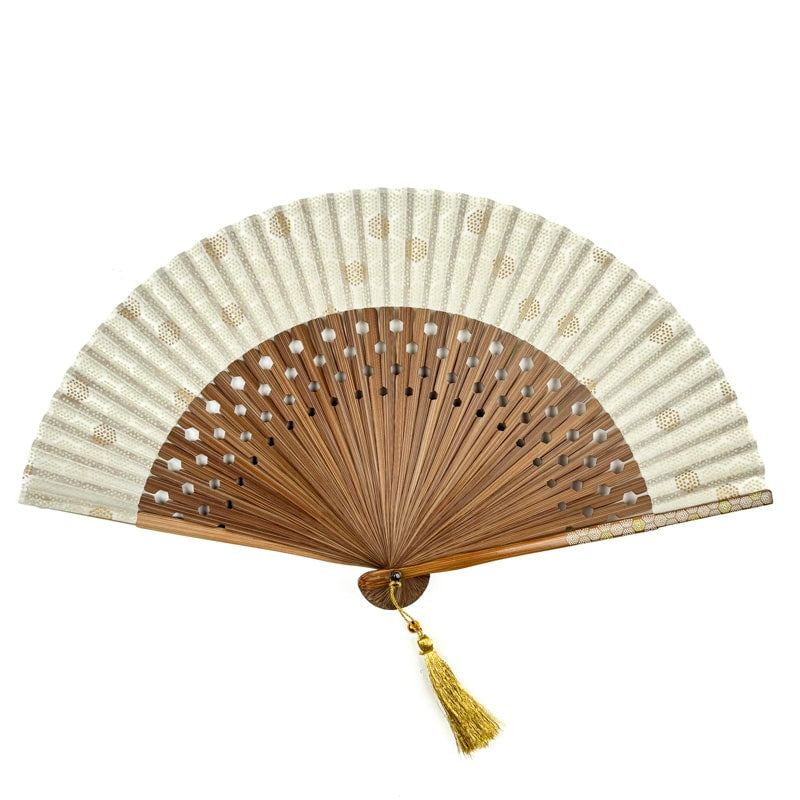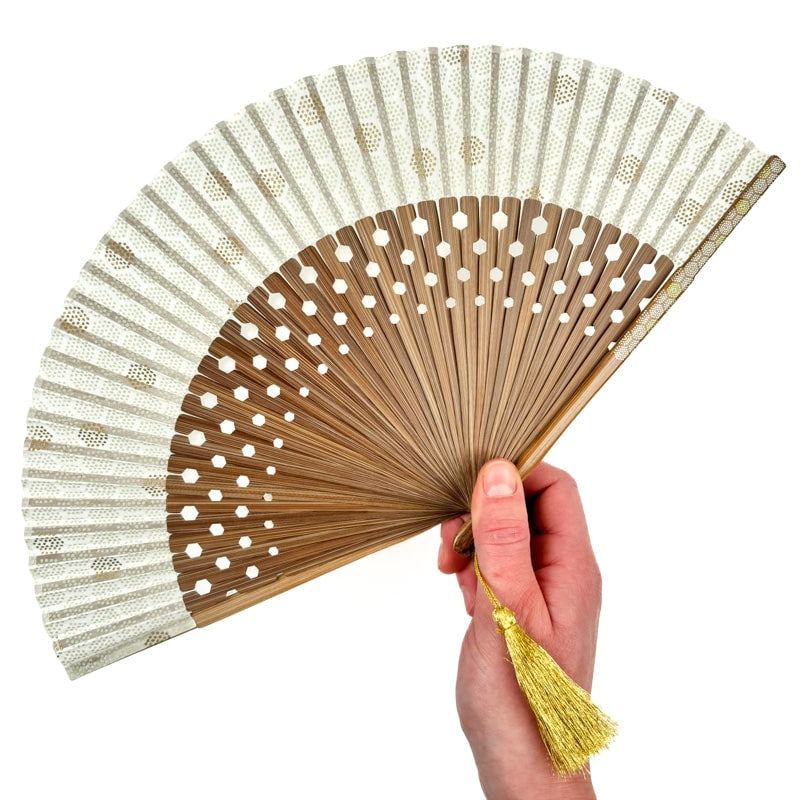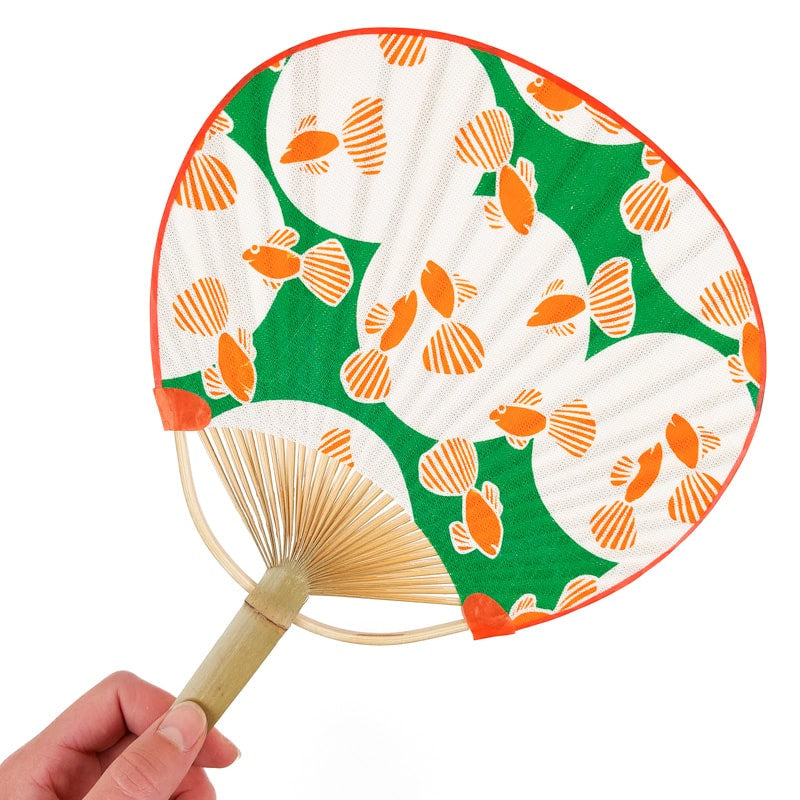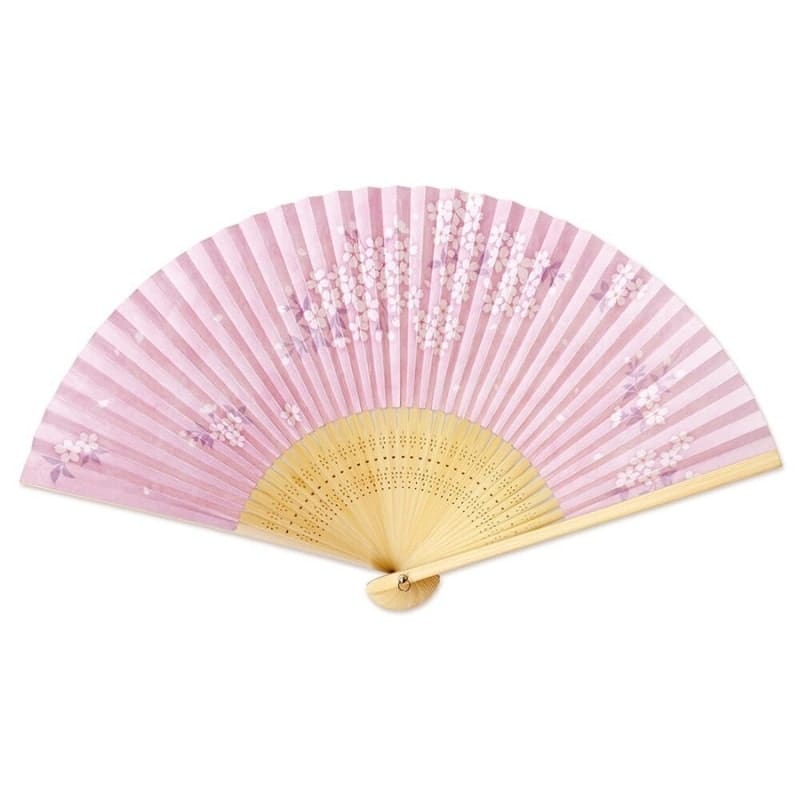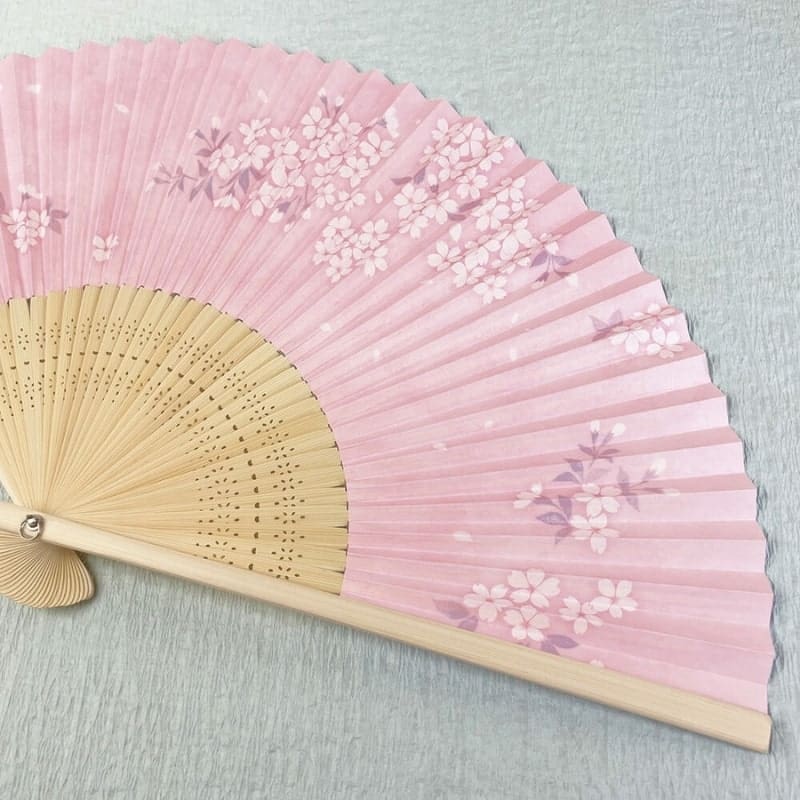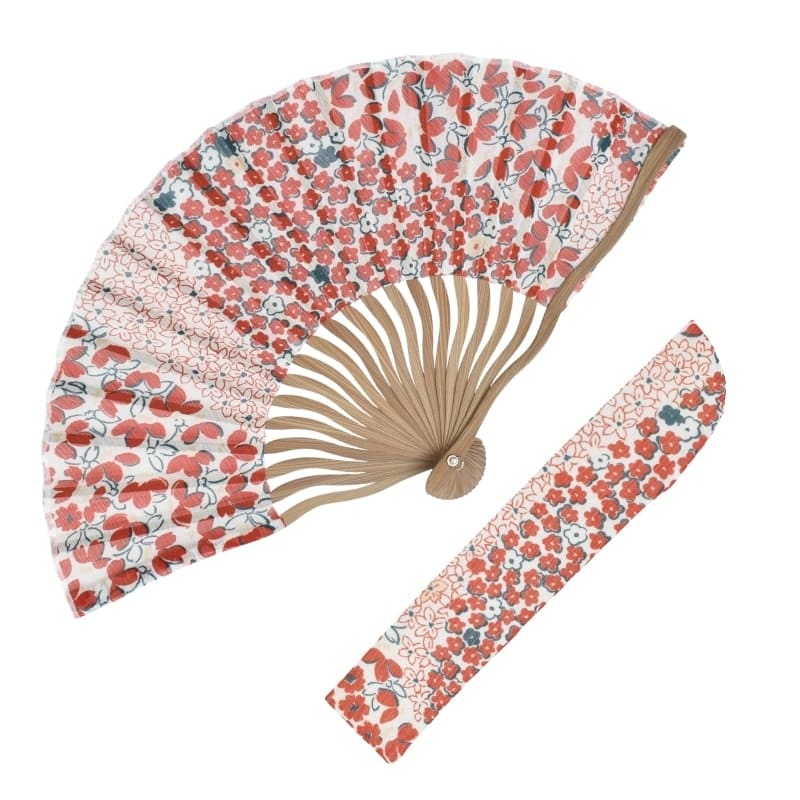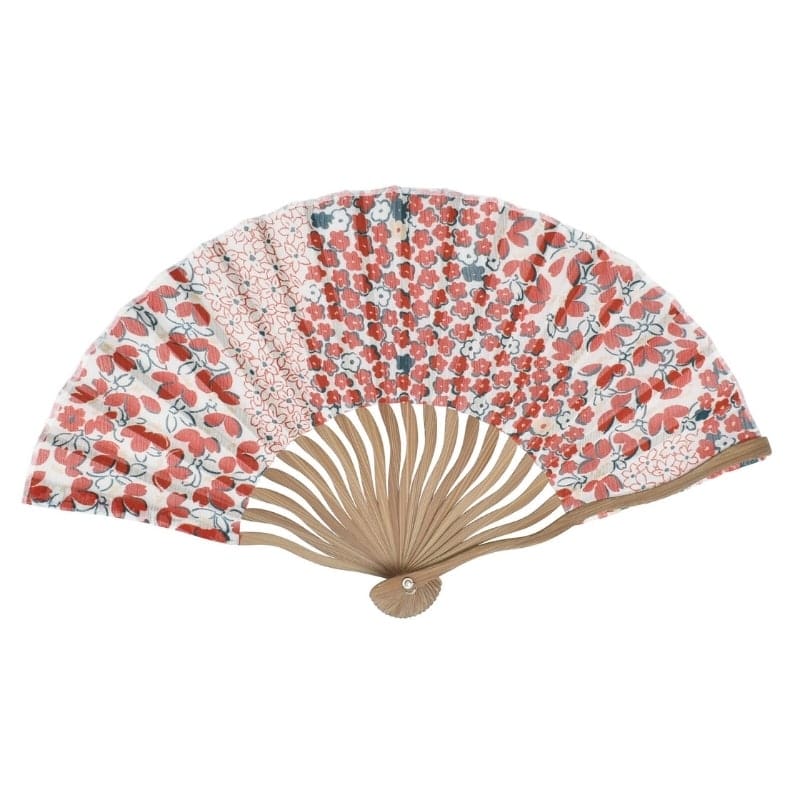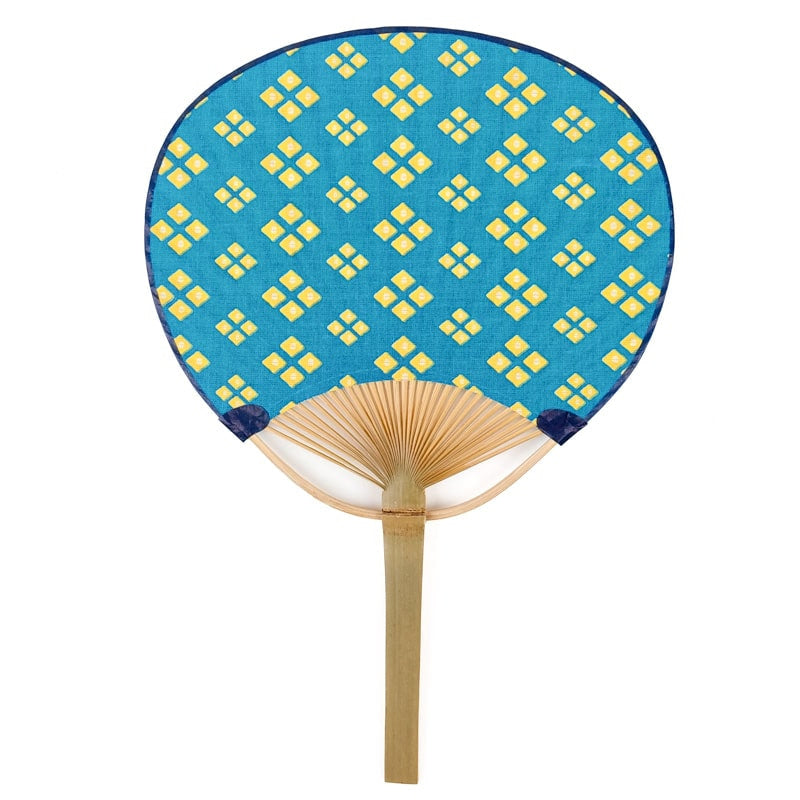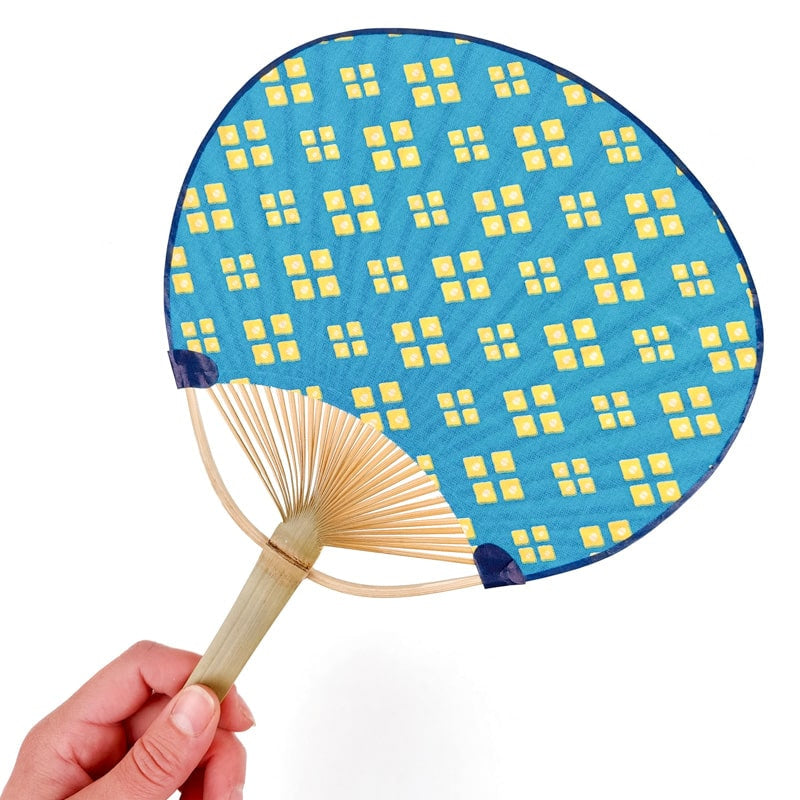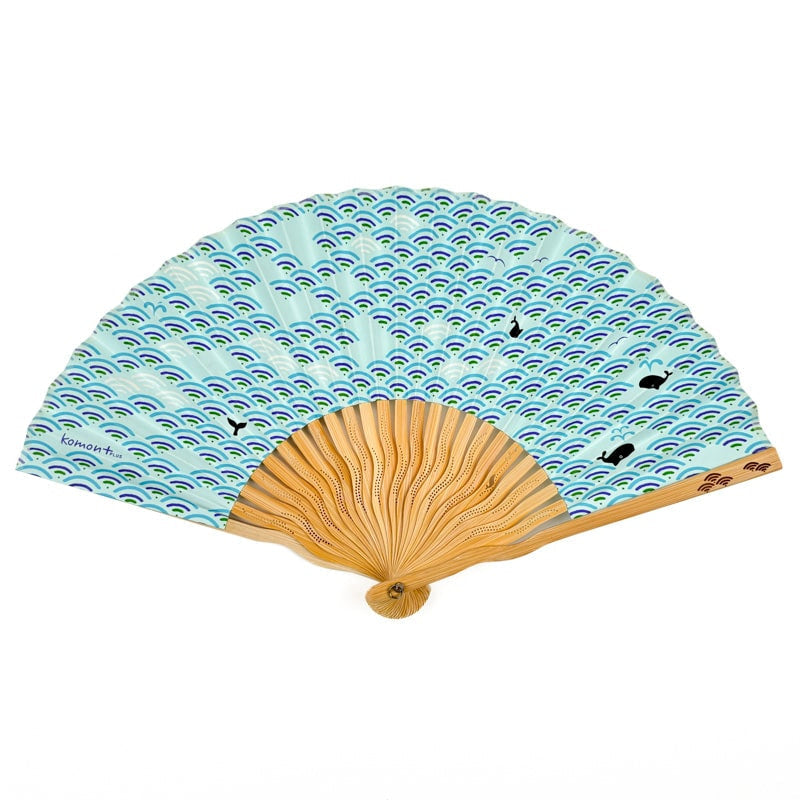The fan is an indispensable accessory in Japanese culture. More than just a simple object for refreshment, the Japanese fan is anchored in the fascinating history of the Land of the Rising Sun. These days, it is primarily a fashion accessory serving as a privileged support for any artistic expression.
After reading this article, you will know more about the Japanese folding fan history and the different types of fans you can find in Japan.
The Japanese fan through time
The ancestor of the folding fan as we know it today, originated in China, Egypt and Greece. The first fan looked like a screen with a fixed handle and could not fold on itself.
The Japanese were the ones who invented the folding fan, also known as sensu, in the 7th century. According to the legend, it was a peasant who designed the first folding fan after observing the wings of a bat folding and unfolding.

Women with folding fans, 1870, The Met Museum
In the Heian period (794 - 1185), using a fan was exclusively for men and women of the high court. This accessory was such a success that laws were created to restrict the use of the fan to certain social classes. Traditionally made from Japanese cypress and silk thread, the number of wooden slats that formed the frame of the fan was supposed to reflect the rank and status of its owner.
Meanwhile, the fan also became a fundamental accessory in traditional Japanese art such as noh or kabuki theatre, rakugo narrative art and traditional dances.
During the Edo period (1615 - 1868), the use of Japanese fans reached all other social classes and Japan even started to export them abroad.

Japanese kabuki theater : Nishizaki Sakurako and Bando Kotji in "Yoshino Mountain".
Different types of Japanese fans
In Japan, different types of fans existed and still exist:
- The uchiwa fan: made up of a handle and a fixed paper or fabric screen, this fan does not fold. Its shape looks like a ping-pong paddle or a palm leaf. You can often see this style of fan at festivals or ceremonies. Nowadays, uchiwa fans can be distributed by companies and businesses who wish to see their logo waving around the city streets on hot summer days.

Boshu uchiwa fan, Tateyama City Museum
- The sensu or ogi fan: the folding fan that we all know. Usually made of bamboo covered with Japanese washi paper, a paper made of mulberry fibers that is soft and resistant to folding and tearing. The sensu makes a very nice gift idea to bring back from Japan; it is compact, practical and often adorned with beautiful traditional designs. Before giving it to someone, it is important to know about the meaning of the Japanese pattern.

- The gunsen fan: also known as the war fan, this type of fan featured a steel frame and was used by the medieval warlord, the shogun, to transmit orders during the battles. When opened, the fan was used to give a rallying sign and to direct the troops. When closed, it served as a guard and protection during a sword fight.

Gunsen war fan, Asian Art Museum
Nowadays, the folding fan is a very popular accessory, particularly appreciated on hot days. The fan has been modernized and diversified over the years. You can find them in bamboo, plastic, with traditional or kawaii patterns. Slipped into your handbag, it accompanies you everywhere to provide you with a little refreshment when needed. Although this accessory is perfectly adopted by western people, it is nevertheless important to know how to open a fan with great charm and elegance.

